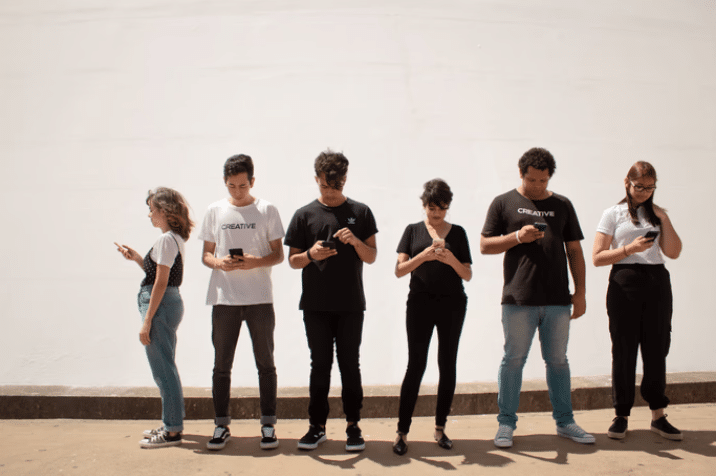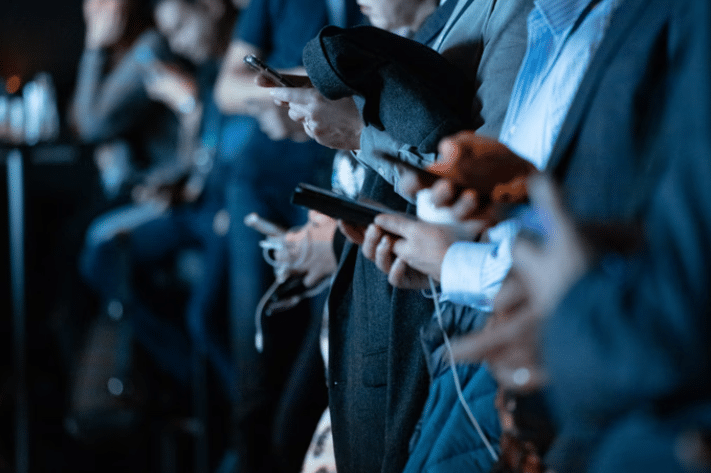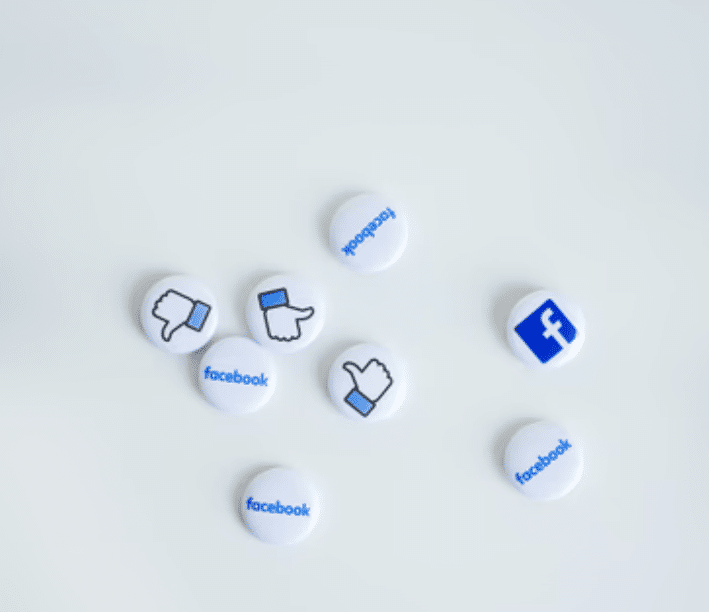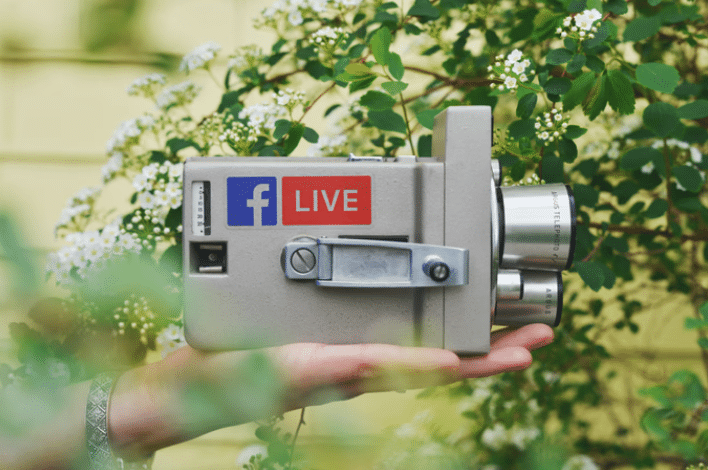This afternoon, social media platforms are a powerful means of conveying ideas and communicating with huge audiences. But did we think about how social media influences public opinion? How do you bias groups or groups alone? Here’s what we’ll know here: No, it’s not just social media. How do social media platforms influence public opinion?, Can social media change our views? , What is the aim of using social media to influence public opinion? , How does social media affect public opinion? , Using social media to force social movements and influence public opinion , Using social media to influence political views , Influencing public opinion through bias against facts.
No, it’s not just social media. How do social media platforms influence public opinion?

When we think about social media, it often comes to mind that they are social networking or entertainment platforms, where we find ourselves spending long hours a day in virtual worlds filled with social partnerships, attractive images and entertaining videos. However, these platforms show other uses related to their impact on public opinion and biases that conceal facts, investigate opinions and maintain others.
Can social media change our views?

Dr. Michael Workman, Professor of Technology Management, conducted a study on the impact of social media on bias. He found that when people search for new information on a topic, social media can influence their views. But if they have already made a decision on a particular topic, social media will not change their minds dramatically, and they will often look for information to confirm what they already believe in.
Workman initiated this study for a global financial company that restructured employees’ compensation from increments to graded bonuses. HR sought to understand employees’ feelings about wage change and how it will be received at the corporate level.
In his study, Workman used natural language programming to analyze staff members’ feelings about compensation changes on social media. People who focus on the outside and want to know other people’s opinions have been more influenced by social media comments than people who rely more on their own views when making decisions.
Based on this research, Workman encourages individuals to educate themselves about the impact of social media and think critically before taking any stance.
What is the aim of using social media to influence public opinion?
The aim of using social media as a channel to influence public opinion varies from one situation to another. There are many cases where social media can be used to make a difference by having a strong impact on people.
In some of these cases, the aim may be to completely change the political situation. In other cases, the purpose may be to support persecuted minorities, challenge social norms, express the public’s ideas for their consent and support in return, or direct public opinion in a particular direction by concealing facts.
How does social media affect public opinion?

No, it’s not just social media. How do social media platforms influence public opinion?
In the past, traditional media have influenced public opinion. When social media emerged with all its features and capabilities, it replaced traditional journalism, proving to have a tremendous influence on public opinion. The following are some ways in which social media is used to influence public opinion:
Using social media to force social movements and influence public opinion
- Social platforms are tools used to access and influence the public sphere. The public sphere consists of a group of citizens who meet and discuss various issues. It can happen through different platforms, including; Cafes, public places, clubs, etc. However, with the advent of social media, it has become an invaluable addition, if not the ideal alternative to traditional platforms, and has come to influence social movements.
- Social movements have always been an effective weapon used by people nationally and internationally around the world to restructure the past, reshape the present, and change society’s future. Through social media, communication between the public sphere has become much easier. Also, given the billions of people who browse the Internet and enter social media into their lifestyle, those social movements are able to reach larger audiences. This changed the idea behind the public sphere, as it was not the preserve of citizens of a particular state. Now social movements can reach everyone via Facebook, Twitter or any other platform, making social movements an international issue in which everyone can participate.
- The impact of social media is reflected in the imposition of social movements by helping them spread the narrative through which they can gain sympathy, the rapid dissemination of information that helps to validate and expand the movement, enable demonstrators to bypass government censorship in some cases, create hashtags and currents to express their demands, and force the authorities to take action in their favor to avoid public outrage.
- In the old dynamic, social movements required opinion leaders, making it difficult to listen to low voices within the crowd. Nowadays, everyone has become the leader of their own movement, and opportunities have become more equally available. Here is an example of one of the most inspiring social media campaigns in response to social issues:
- · Nike campaign “Just once, don’t do it”
- Nike was no stranger to racist movements in America. In fact, it has always demonstrated its support for such issues. A “one-off, just don’t do it” campaign was launched in response to the killing of George Floyd due to police brutality. The campaign included data posted on social media channels. Nike said, “For once, don’t do it. Don’t pretend there’s no problem in America. do not turn your back on racism “.
- The campaign was highly acclaimed by the public, including its rival Adidas, which retweeted the message. As Forbes reported, the Nike Public Relations Team gave an example of the importance of responding to social issues, alternating the situation and guiding public opinion for the better.
Using social media to influence political views

- No, it’s not just social media. How do social media platforms influence public opinion?
- As we discussed earlier, social media was an important factor in the emergence of social movements, as it was used as a conduit for many brands to launch their own campaigns as a position on social issues. However, social media has also been able to influence the political views held by the public. Not only this, but also the process of thinking through which they reach these conclusions.
- According to Mike Horning, a Virginia Tech expert, when false information spreads through social media about the electoral process being unfair, it could affect the public’s sense of the entire electoral process and undermine their faith in democracy. This is the role of public relations agencies, which are able to translate the situation honestly and positively into the public. Public relations agencies with political expertise can choose the appropriate approach and launch social media campaigns to educate the public about the electoral process and reach a wider audience, thereby influencing public opinion.
- The following is an example of the impact of social media on the public’s political views:
- Iran Green Movement
- We have stated that the public’s views on the election have been negatively affected. The controversy surrounding Iranian elections led to Iranian protests against Iran’s highly controversial presidential election in 2009.
- The protests began on the night of June 12, 2009, following the announcement that President Mahmoud Ahmadinejad had won nearly 63% of the vote, despite reports of irregularities in the electoral process. The protest spread widely thanks to the social media app “Telegram” which made the exchange of news among civilians much easier.
You might like :
- Impact of artificial intelligence on creative writing
- engagement invitation message
- baby shower invitation message
- baby girl first birthday invitation message
- lunch invitation message
Influencing public opinion through bias against facts

- No, it’s not just social media. How do social media platforms influence public opinion?
- As a result of public distrust of traditional media, their influence on public opinion has decreased over the years. After the advent of social media, people found a new way to get information from different sources and easily access unbiased facts. In addition, social media has provided people with a two-way communication system. Not only are they exposed to different ideas and opinions, they are also able to express themselves through discussions within their virtual communities and provide feedback to content creators.
- Although social media has proved to be a tool for freedom in the hands of its users, it has recently begun to show its negatives. Spreading false information online and violating users’ privacy have become the main problems that users experience on a daily basis. Additionally, social media platform operators also face accusations of bias that hides facts and directs public opinion in a particular direction.
- Meta, the parent company of Facebook and Instagram, hired an independent consulting firm in 2022 to scrutinize the social responsibility of its platforms. To find out whether prejudice exists, is it intentional or unintentional? The report explicitly affirmed that prejudice was indeed deliberate.
- Facebook has not disclosed what kind of algorithms filter or policy content, but algorithms are not biased in themselves, while bias comes as a result of human interference, where algorithms are provided with biased data and data is carefully selected to promote a particular view. Examples of this are as follows:
- · Social Media platforms help popularize Israeli narratives during the aggression against Gaza
- When it comes to conflict with Israel, social media has embraced Israel’s narrative without taking into account opposing views. This has been achieved through the use of “supervised learning” data, which requires the identification and classification of acceptable speech types. Prejudice has emerged by prohibiting anyone who publishes incriminating leaflets on the Israeli side, while those who incite violence on this side have not been banned despite reporting such leaflets. This helps to promote Israeli narratives and their influence on public opinion, attract sympathy and do not allow this to happen to the Palestinian side.
- · Nobel Peace winner accuses Facebook of “bias against facts”
- Philippine Nobel Peace Prize winner Maria Ressa slammed Facebook for calling it a threat to democracy, saying it was unable to prevent hate speech and misinformation and was “biased against the facts.”
- “Facebook’s algorithms prioritize spreading falsehoods mixed with anger and hatred more than the facts, and the company is making profits against hate speech and misinformation,” said journalist and director of the Philippine news website Rappler, who was the target of intense hate campaigns on social media from supporters of Philippine President Rodrigo Duterte.

